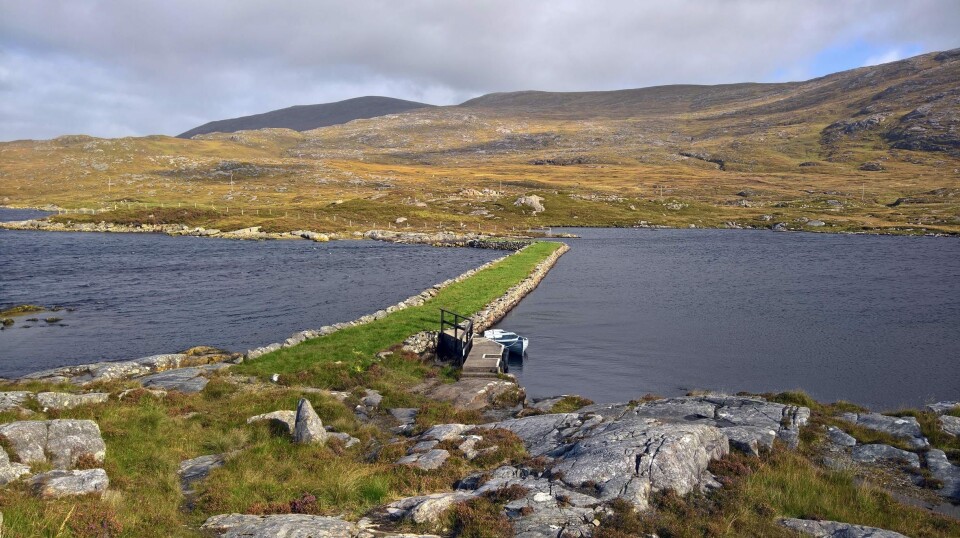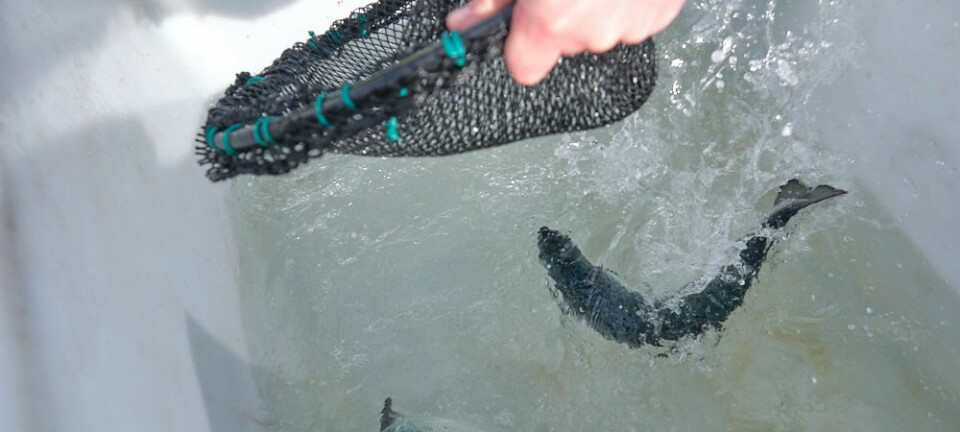
Clock ticking on Salmon Scotland grants for wild fish projects
Groups have until March 31 to apply for share of £145,000
Fisheries and community groups that want to help save Scotland’s wild salmon have less than a fortnight to bid for a share of a £145,000 funding pot from salmon farmers.
The Wild Fisheries Fund is part of a £1.5 million commitment from sector trade body Salmon Scotland to support the conservation, restoration, and sustainable management of wild salmon populations.
The fund provides grants to projects that aim to stem a 70-year decline in wild fish numbers through habitat restoration, protection from predators, and restocking programmes. Groups have until March 31 to apply.
Rising temperatures
Some anglers blame the existence of salmon farms on Scotland’s west coast for providing a ready supply of hosts for parasitic sea lice which might then spread to wild fish.
But reliable evidence of such spread is difficult to find, with regulators relying instead on theoretical modelling. The Scottish Government regards sea lice as just one of 12 factors that may be leading to wild salmon decline.
And Salmon Scotland has pointed out that habitat loss and rising river temperatures primarily due to climate change have impacted on wild salmon and sea trout populations throughout the UK and all over the Scottish coastline.
It said salmon farming companies launched the Wild Fisheries Fund to play their part finding solutions, engaging constructively with the wild fish sector and taking meaningful action to save wild salmon.
Tree canopy
Previously called the Wild Salmonid Fund, more than £190,000 has been invested since 2021 in restoration projects to reduce riverbank erosion and measures to provide tree canopy and in-stream cover for young salmon.
Decisions on grants will be taken by Salmon Scotland in April, and the fund is being co-ordinated by fishery manager Jon Gibb.
Salmon Scotland chief executive Tavish Scott said: “Wild salmon numbers have been in decline for decades due to habitat loss and rising river temperatures caused by climate change.
“We encourage organisations and projects to apply for funding before the deadline to help address these issues and ensure the long-term survival of this beloved species.
“Our goal is to work with successful applicants towards achieving our shared objectives.
“Scotland’s salmon farmers want to play their part in finding solutions, engaging constructively with the wild fish sector and taking meaningful action to save wild salmon.”
Diverse bodies
Gibb said the fund represented a rare and exceptional opportunity for organisations to access vital funds to improve rivers and lochs.
“I am looking forward to receiving strong applications from a diverse range of bodies in the wild sector,” said Gibb.
“The fund aims to support projects of all sizes that aim to improve conservation and biodiversity.
“As someone who has worked on Scotland's salmon rivers for many years, I know we are facing a species on the brink of extinction in some places. Wild salmon are in a deep and dire crisis, and the aquaculture sector can play a vital role in mitigating their decline.”























































